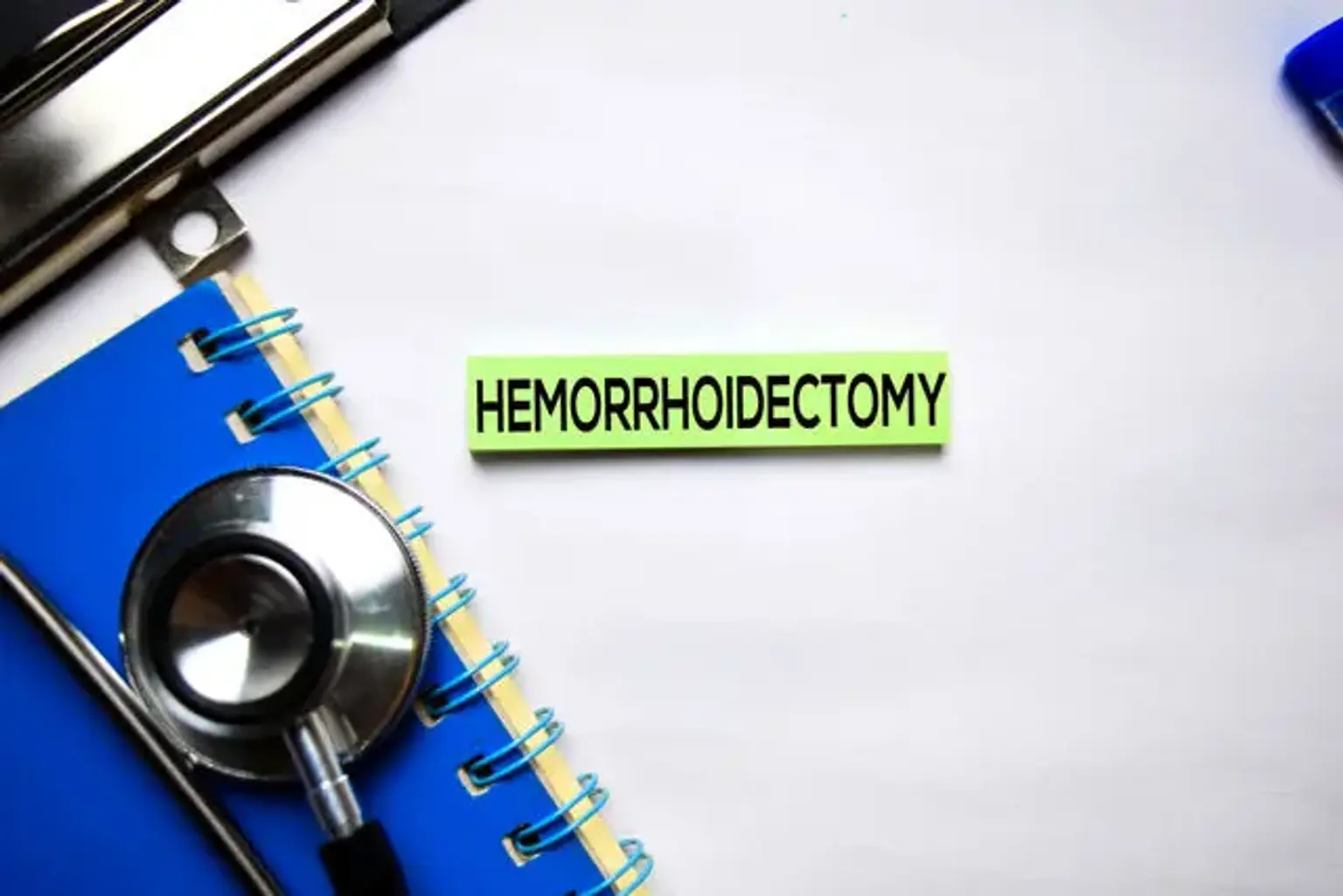Hemorrhoidectomy
Overview
Hemorrhoidal disease is a frequent illness that necessitates surgical intervention in around 10% of patients. Because asymptomatic people are less likely to seek medical attention, the overall prevalence is unknown. According to some studies, the incidence of symptomatic patients in the United States is 4.4 percent, with individuals aged 45 to 65 years old being the most affected.
When medical management fails, when there is a significant bulging external component, or when imprisoned internal hemorrhoids require prompt medical treatment, surgical hemorrhoidectomy is required for large third- and fourth-degree hemorrhoids.
